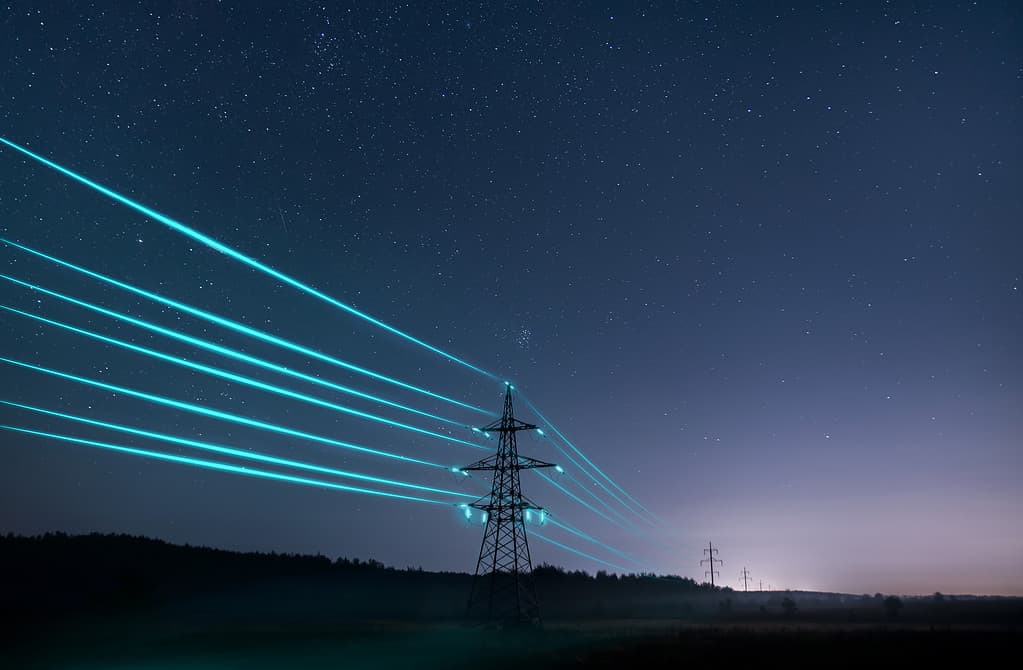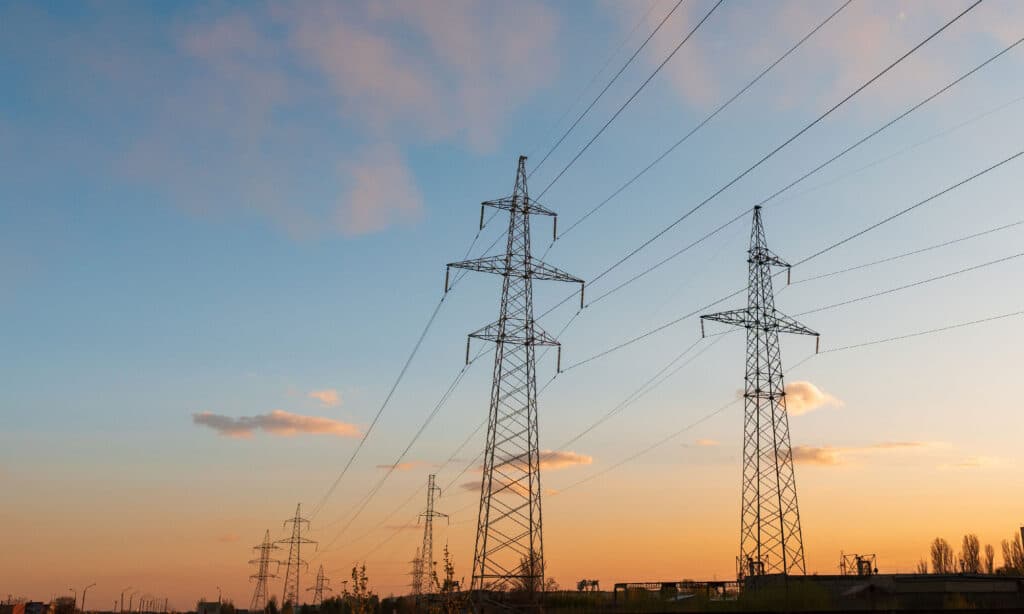Carbon dioxide (CO₂), a heat-trapping gas, has been responsible for much human-driven climate change over the last 200 years. It is a byproduct of natural processes such as wildfires and volcanic eruptions. The extraction and burning of fossil fuels like coal, petroleum, and natural gas can also cause it. Fossil fuels are responsible for an increase of over 50% of the atmosphere’s carbon dioxide content over this period. In 2021, Michigan had the 10th most carbon dioxide emissions in the United States. What are the reasons for this?
An Overview of Michigan’s Energy Consumption

What energy consumption factors contribute to Michigan’s carbon dioxide emissions?
©Artur Nichiporenko/iStock via Getty Images
The 10th most populous state, Michigan is a northern state amid the Great Lakes. Michigan has cold winters, which place it among the top one-fourth of states in residential energy use per capita. Despite this, the state is below the U.S. average regarding total energy use per capita. Michigan’s winters mean the residential sector leads all others in the state’s energy consumption at 28%. The other sectors (transportation, industrial, and commercial) trail with 26, 24, and 22 percent of consumption, respectively. Unlike power consumption, emissions are primarily driven by two sectors: the transportation and the electric power sectors.
Carbon Dioxide Emissions in the Transportation Sector

Michigan’s transportation sector accounted for over 32% of the state’s CO₂ emissions in 2021.
©Iryna Melnyk/iStock via Getty Images
One driver of carbon dioxide emissions in Michigan is the transportation sector. Petroleum products drive emissions in this sector. They represent 46.1 out of the 47.5 million metric tons of CO₂ generated by transportation. Gasoline for automobiles accounts for 63% of the state’s petroleum use in this sector. Overall, emissions from petroleum have dropped modestly from 65.7 to 56.3 million metric tons of CO₂ from 1970 to 2021.
Carbon Dioxide Emissions in the Electric Power Sector

The generation of electricity for
allsectors is responsible for the most carbon dioxide emissions.
©yerv/Shutterstock.com
The electric power sector is the number one driver of carbon dioxide emissions in Michigan. This sector accounted for 52.9 million metric tons of CO₂, of which coal accounted for 37.4 million. Coal accounts for the largest share of electricity generation in Michigan in 2021. The largest generating capacity power plant was coal-fired, as were three others in the top 10. Of the coal used in Michigan for electricity generation, 92% was used in this sector. Overall, CO₂ emissions from coal have dropped from 78.2 to 41.6 million metric tons from 1970 to 2021.
Emissions Trends in Michigan

Michigan is beginning to expand its use of wind farms on the Great Lakes.
©dragancfm/Shutterstock.com
Michigan has seen a gradual decrease in carbon dioxide emissions since 1970. During that time, it changed from 186.8 million metric tons of CO₂ to 147.8 million. Contributing factors to this reduction include a shift from coal to natural gas in energy production, an increased investment in renewable energy sources, and a program encouraging the construction of electric vehicle (EV) charging stations.
From Coal to Natural Gas
By 2022, natural gas eclipsed coal and nuclear power with the largest % of electrical power generation, with 34%. Michigan has more underground storage capacity for natural gas than any other state in the U.S. This capacity totals about one-eighth of the nation’s total. This includes 44 storage fields and over 1 trillion cubic feet of storage capacity. As recently as 12 years ago, natural gas-fired plants generated only 11% of the state’s electric power.
Investment in Renewable Energy
Michigan’s investments in renewable energy are beginning to bear fruit, providing 12% of its net electrical generation in 2022. Capitalizing on its location within the Great Lakes, nearly two-thirds of Michigan’s renewable energy comes from wind farms. Michigan is 16th in the nation in wind-generated energy.
Expanding EV Charging Networks

Michigan has created a program to encourage the construction of EV charging stations similar to this one in Florida.
©felixmizioznikov/iStock via Getty Images
Much of Michigan’s emissions are created by petroleum in the transportation sector. So, it is incumbent upon the state to encourage the adoption of electric vehicles. Michigan has about 1,100 public charging stations, mainly throughout the lower peninsula. The state’s Charge Up Michigan Program is tasked with expanding this charging network through grants.
The photo featured at the top of this post is © SD-Pictures / Pixabay – License / Original
Thank you for reading! Have some feedback for us? Contact the AZ Animals editorial team.







